Read a detailed comparison of the Honda HR-V vs CR-V detailing engine features, interior style, performance, and functional aspects to assist in deciding the ideal compact SUV for your needs.
With regards to picking a compact SUV, Honda has two major contenders which tend to leave customers questioning: the HRV vs CRV. Both models have earned solid reputations for dependability, comfort, and versatility but are crafted to serve slightly distinct demands and desires. Whether a purchaser is after urban agility or roomy family practicality, knowing the main distinctions between these two cars makes the purchase simpler and more informed. This in-depth investigation will enable potential buyers to identify which Honda SUV suits them best by comparing performance, engine specifications, interior features, and overall driving experience—all within compliance with scholarly findings and expert views.
 Engine Specifications: Power and Performance Differences
Engine Specifications: Power and Performance Differences
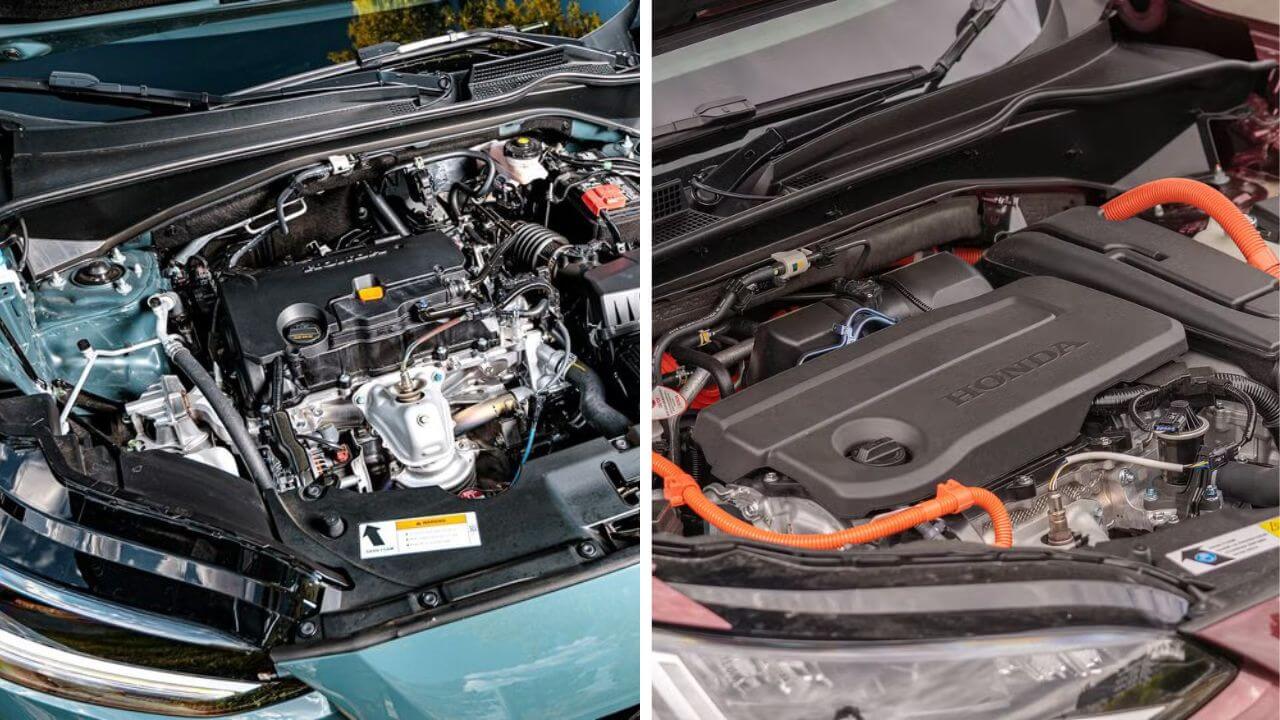
| Specification | Honda HR-V | Honda CR-V |
|---|---|---|
| Engine Type | 2.0-liter inline-4, naturally aspirated | 1.5-liter inline-4, turbocharged |
| Horsepower | 158 hp @ 6,500 rpm | 190 hp @ 5,600 rpm |
| Torque | 138 lb-ft @ 4,200 rpm | 179 lb-ft @ 2,000-5,000 rpm |
| Transmission | Continuously Variable Transmission (CVT) | Continuously Variable Transmission (CVT) |
| Drivetrain | Front-Wheel Drive (FWD) standard, All-Wheel Drive (AWD) optional | Front-Wheel Drive (FWD) base, All-Wheel Drive (AWD) available |
| Fuel Economy (City) | Approx. 28 mpg | Around 28 mpg (gasoline), up to 40 mpg (hybrid) |
| Fuel Economy (Highway) | Approx. 34 mpg | Around 34 mpg (gasoline), up to 40 mpg (hybrid) |
| Hybrid Variant | Not available | 2.0-liter inline 4-cylinder + electric motors; system output 204 hp |
| Towing Capacity | Not recommended for towing | Up to 1,500 lbs when properly equipped |
The HR-V’s naturally aspirated engine offers adequate power for urban driving and moderate highway driving but does not have the turbocharged rush typical of the CR-V. The CR-V’s turbo powertrain and available hybrid system offer a much more engaging driving experience, better fuel efficiency, and versatility, making it appropriate for more varied driving scenarios and requirements.
Interior Design: Comfort, Space, and Practicality
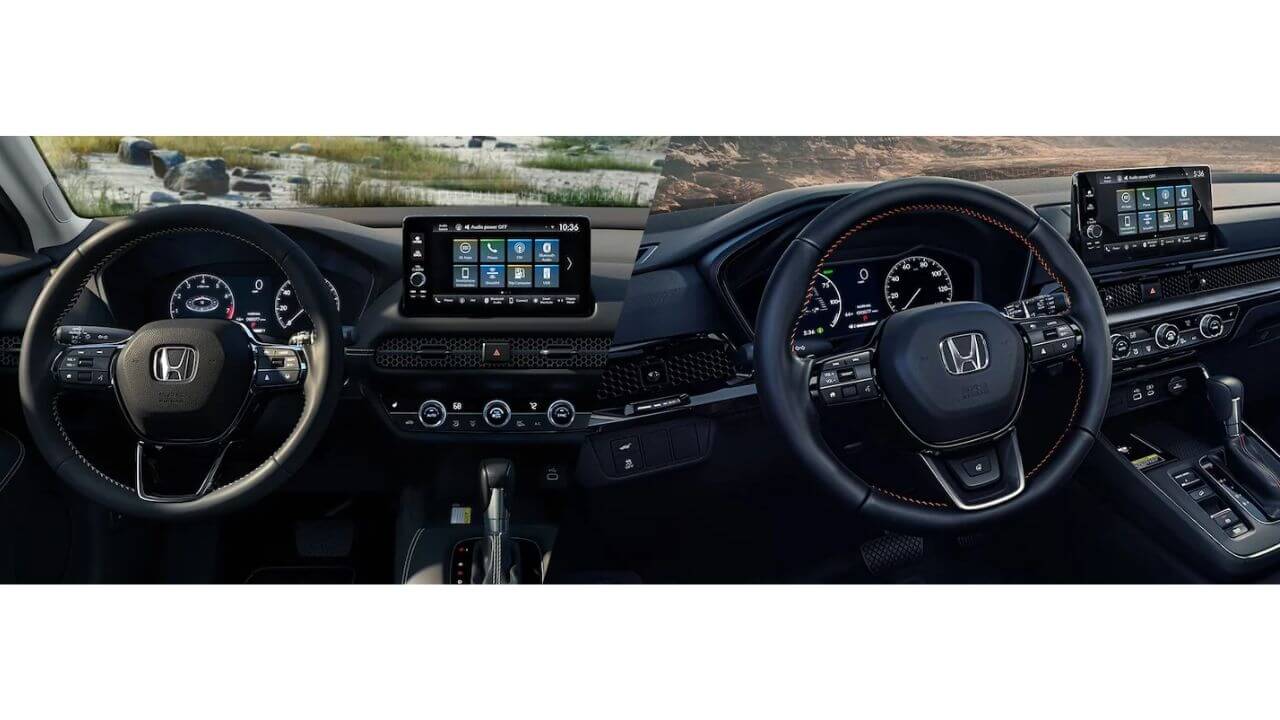
The material and aesthetic quality also works in favor of the CR-V, wherein the dashboard and door panels tend to feel more sophisticated, with higher build quality and classy design features. It comes with ergonomic seating with lumbar support, rear air vents, and charging points for extra passenger convenience — features that make the overall cabin experience better.
In contrast, the HR-V has a sporty and modern interior that makes effective use of space within its subcompact segment. Its rear “Magic Seat” system is especially impressive; it enables flexible cargo configurations by folding flat or lifting up to open vertical storage areas. While the seats are a bit stiffer and less luxurious than the CR-V’s, the HR-V’s interior is well-designed for city residents who prize agility and effective use of space.
Insight from the Experts: HRV vs CRV
Automotive analyst John Neff describes, “The CR-V and HR-V, though alike in so many ways, are fundamentally different vehicles. The CR-V is designed to be a family transporter with power and comfort, whereas the HR-V is geared toward city drivers who require compactness at minimal sacrifice of utility.” This observation highlights the key to the decision between the two — choosing whether size and power or convenience and affordability mean more to your requirements.
The Practicality Factor: Size, Cargo, and Usability
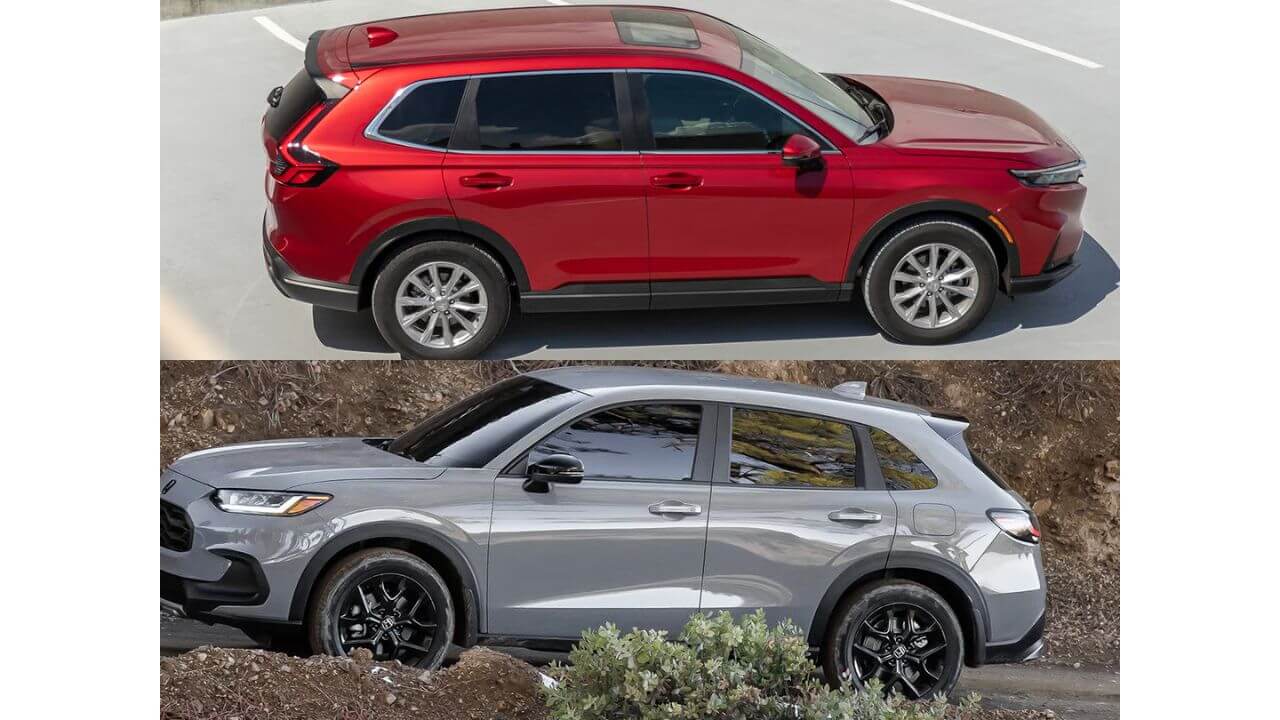
Both models have standard front-wheel drive and available all-wheel-drive options, so they are good on different weather and road conditions, but the CR-V’s AWD system is more sophisticated, with improved off-road ability and stability.
Also, the CR-V is generally more expensive, commensurate with its larger dimensions, sophisticated powertrains, and premium amenities. The HR-V, by contrast, is marketed as an economy SUV with outstanding value and lower repair expenses without sacrificing the reliability that is Honda’s hallmark.
Adapting To Day-To-Day Use and Technology Features
Both the CR-V and HR-V are fitted with Honda Sensing, a collection of sophisticated driver aid technologies such as adaptive cruise control, lane-keeping assist, and collision mitigation braking, which improves safety and driver confidence. Their infotainment systems are compatible with Apple CarPlay and Android Auto, although the CR-V generally has larger screens and more premium audio options on higher trim levels.
In terms of driving dynamics, the HR-V’s compact size and light weight make it more agile to drive and park in congested city settings. The CR-V’s turbocharged engine and hybrid powerplant deliver stronger performance for highway cruising and road trips, though at the expense of increased vehicle size.
Results: Selecting Between HRV vs CRV
Ultimately, the HRV vs CRV decision hinges on individual priorities and requirements for lifestyle. If budget, small size, and economy are top priorities—particularly for city driving—the HR-V is a rational and pleasant option. Its versatile interior and lower cost make it an appealing package for singles, couples, or small families.
But those who need more power, space, cargo capacity, and flexible hybrid choices will find the CR-V a better match. Its sophisticated powertrains, upscale interior, and added amenities appeal to active families and drivers looking for a combination of utility, comfort, and efficiency.
As John Neff so aptly put it, knowing what you value most in an SUV will guide you to the perfect Honda car. From choosing the fun and frugal HR-V or the roomy and energetic CR-V, Honda is still offering quality and dependability that motorists rely on.

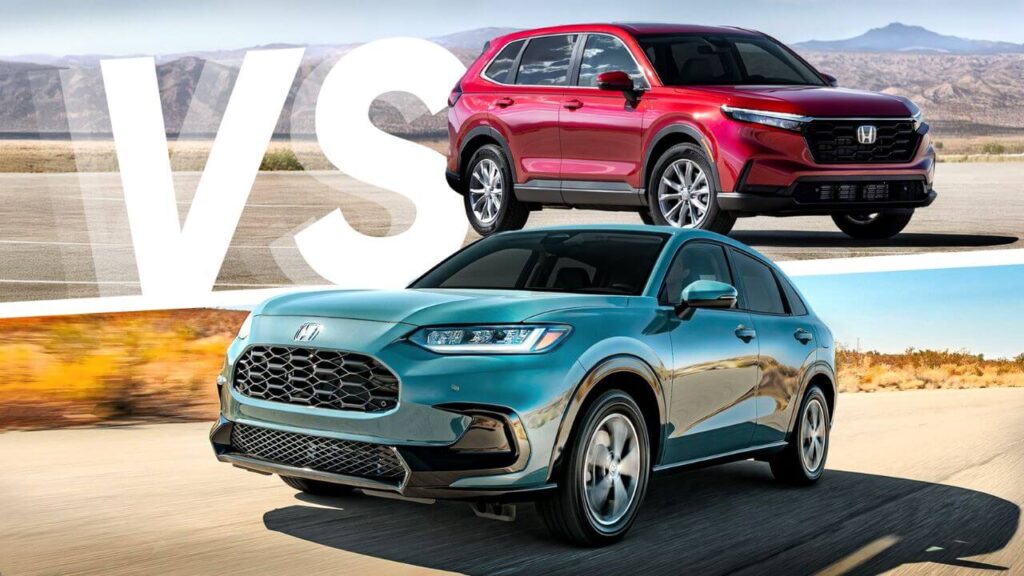
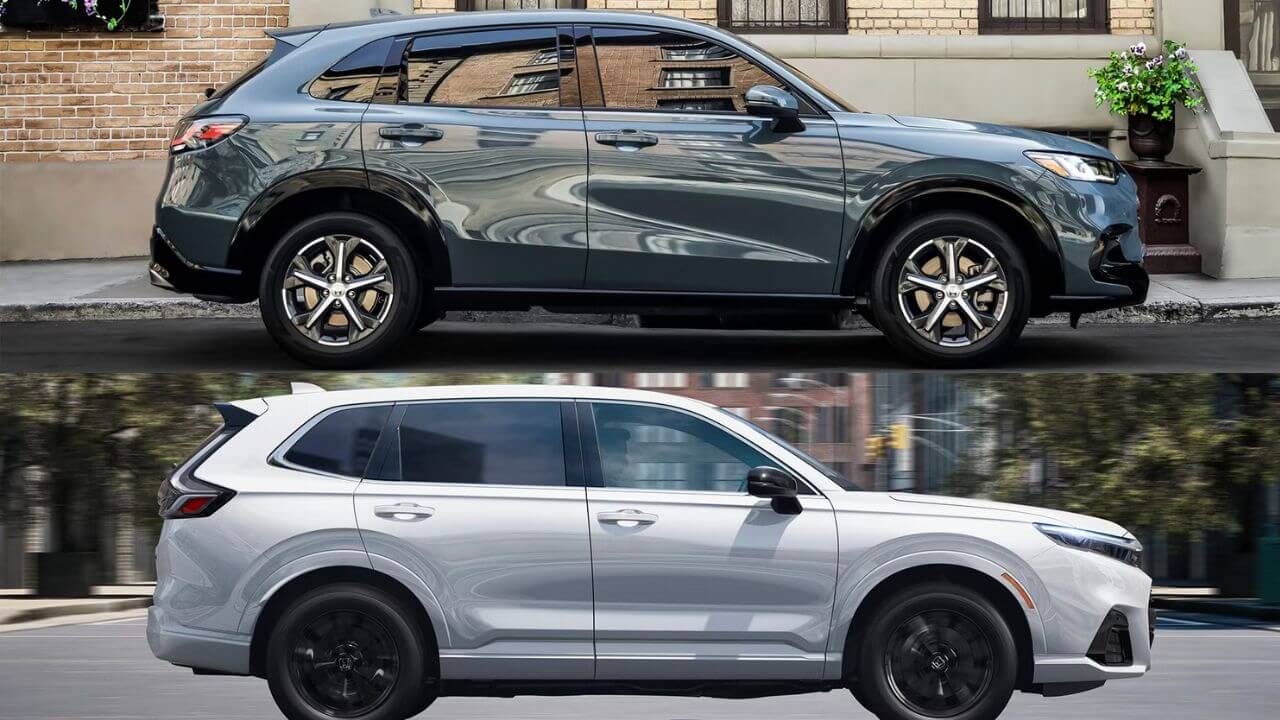 Engine Specifications: Power and Performance Differences
Engine Specifications: Power and Performance Differences